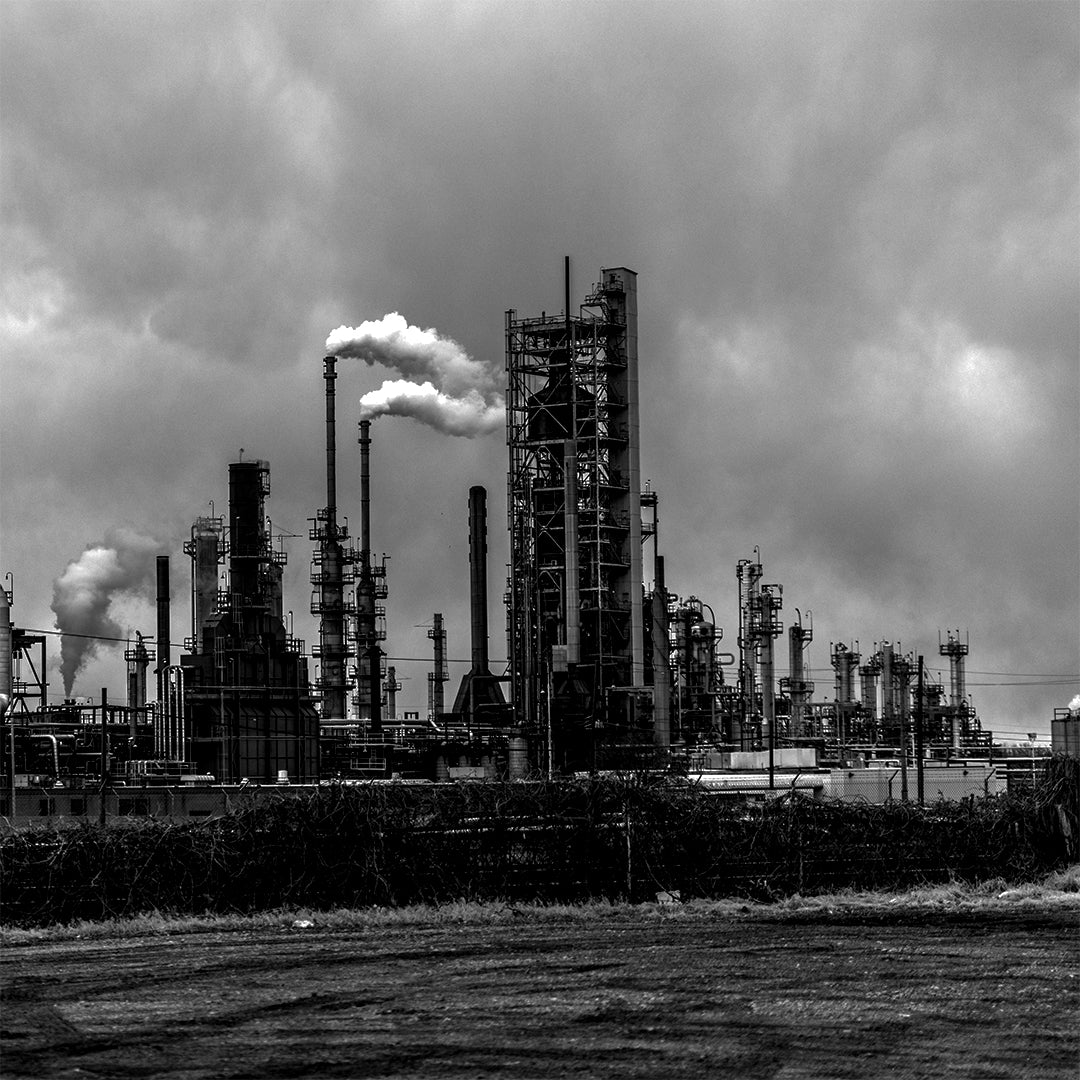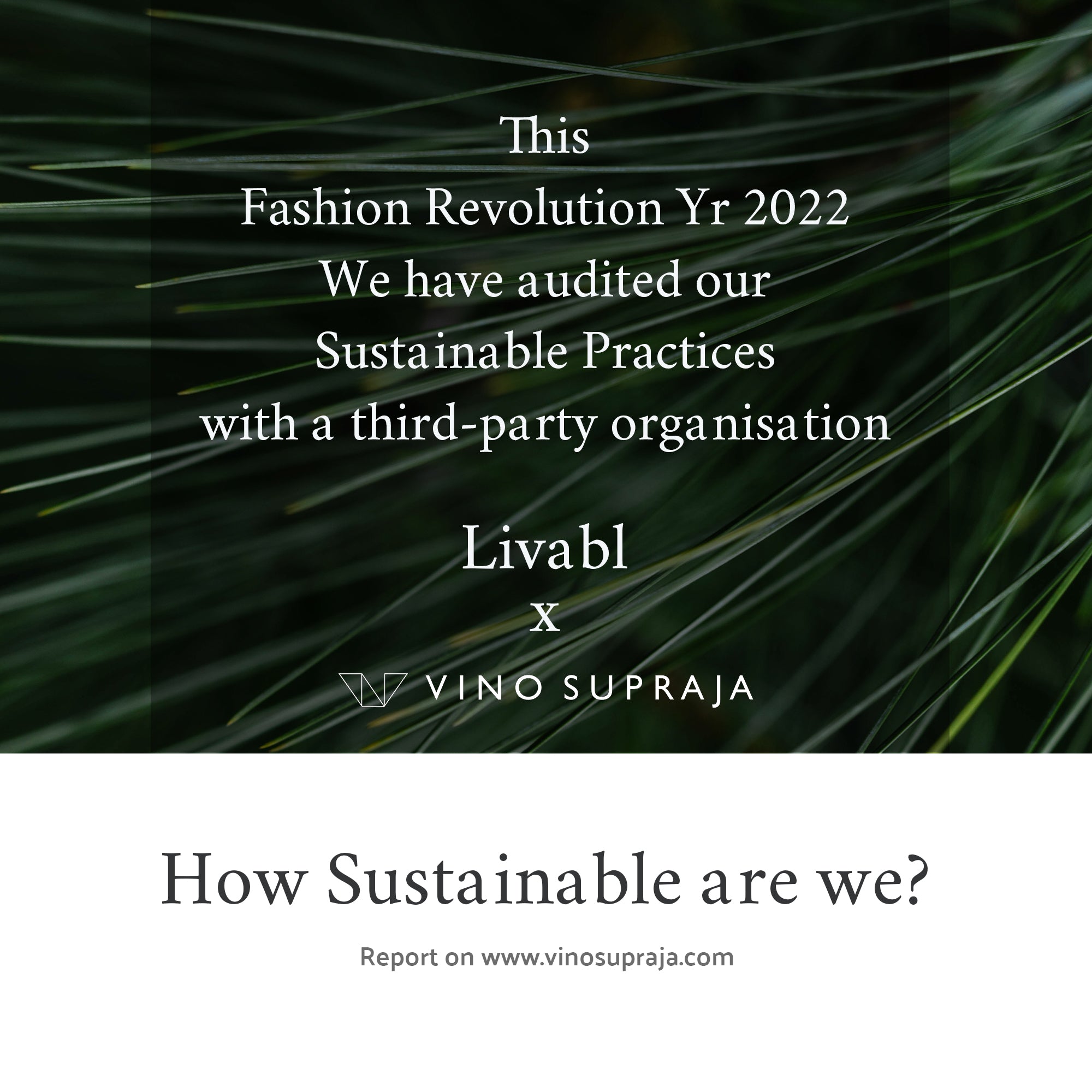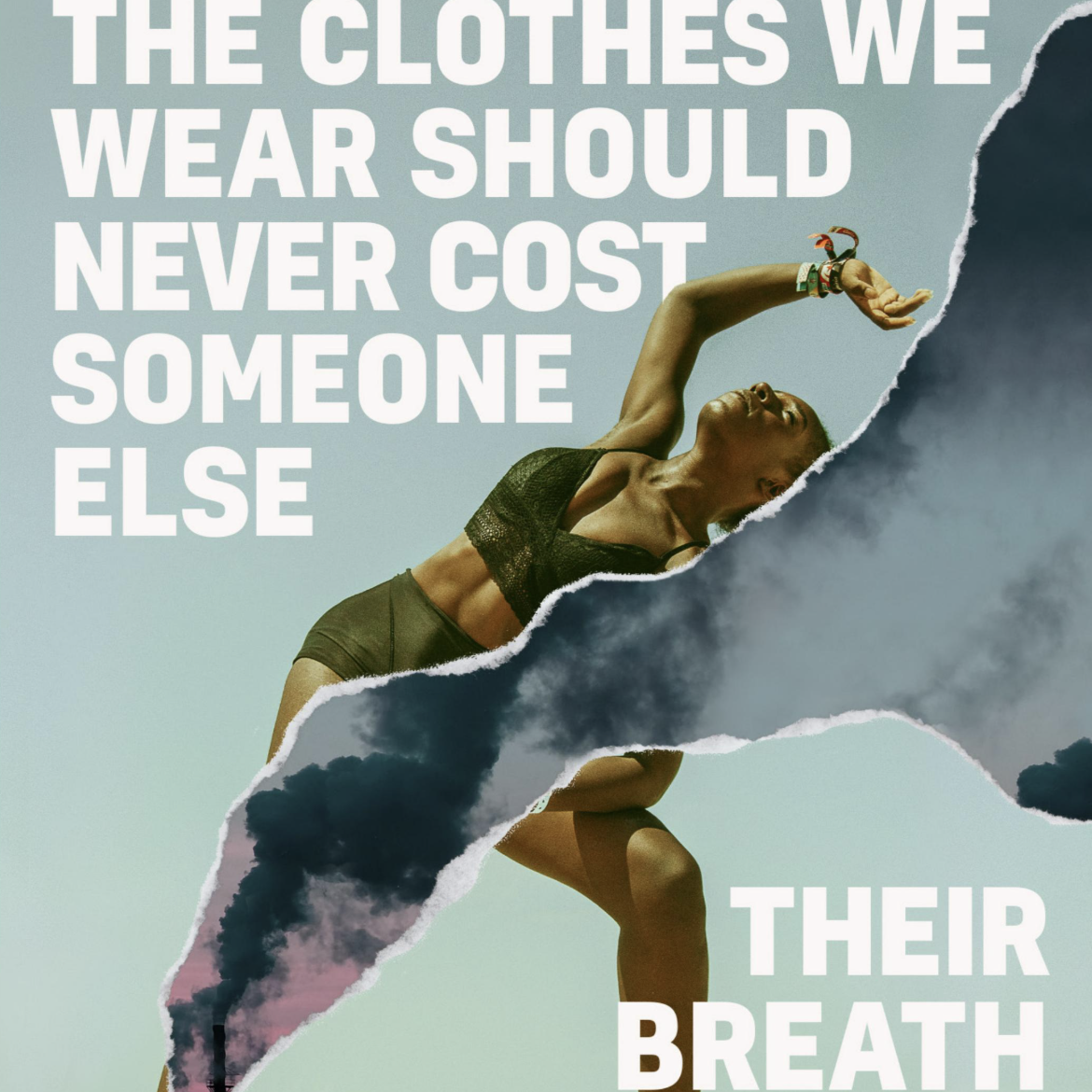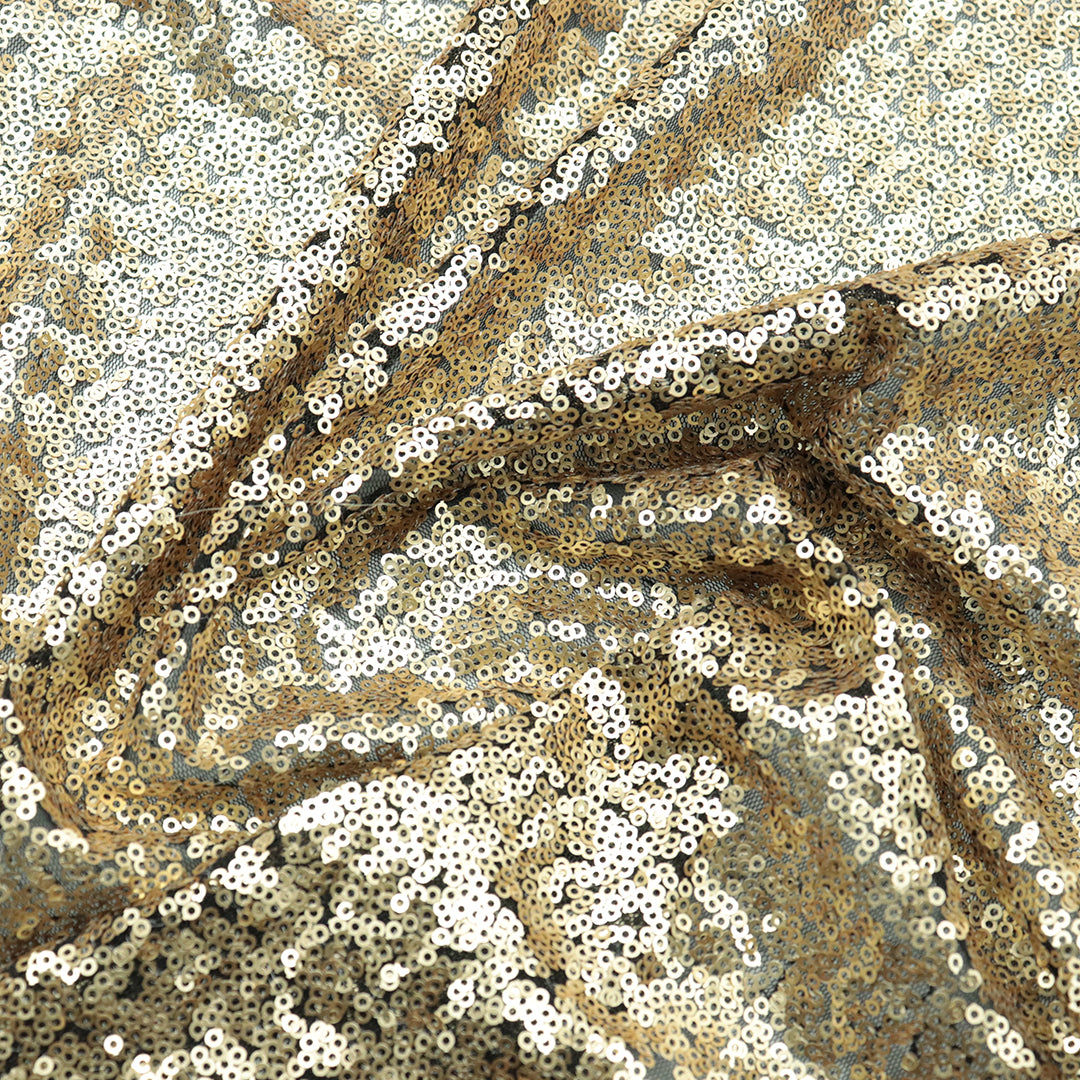Climate Change: What Does it Mean for Our Planet?

Greenhouse gases are heavily associated with the clothes we wear. Did you know that about 8 – 10% of all carbon emissions are related to the fashion industry? This makes fashion a huge contributor to climate change, which is what we want to talk about today.
What is climate change?
In short, climate change is the long-term change in the earth’s average weather patterns which define our local, regional and global climates. Climate change is a term often used interchangeably with ‘global warming’ but the two aren’t actually the same. Climate change can be linked to both human and natural processes whereas global warming is purely down to human activity. Some of the natural contributors of climate change include factors like volcanic eruptions and cyclical ocean patterns. Global warming, on the other hand, is defined as the long-term heating of the planet since the pre-industrial period, and it stems mainly from fossil-fuel burning which has the effect of trapping greenhouse gases in our atmosphere.
Signs of climate change today
Climate change isn’t a new phenomenon, it’s been happening since the beginning of time, but the end of the ice-age marked the start of the modern climate we have today. The big problem these days is that we humans are contributing to climate change in a major way. Thanks to our unsustainable habits and greenhouse gases, we’re warming the earth to a dangerous degree. Here’s what scientists at NASA have reported recently:
1. Things are hotting up

When it comes to climate change, we’re feeling the heat metaphorically and literally. Earth’s average surface temperature has risen by about two degrees since the late 19th century, but the biggest change has happened in the last 40 years. Human activity is mostly to blame, with our carbon dioxide emissions being the main culprit. So far, 2016 and 2020 were recorded as the warmest years on record to date.
2. Warm seas
It might be pleasant to take a dip in warm seas but worryingly, the ocean is absorbing most of the increased heat associated with climate change. Since 1969, NASA has reported a temperature rise of 0.6 degrees affecting a depth of 100 metres from the surface. This temperature rise can be disastrous for marine animals and plants, especially for ecosystems like coral reefs which sustain so much sea life. The absorption of carbon dioxide is also causing increased acidification of the water, which also negatively affects sea organisms.
3. Melting ice

In Greenland and the Antarctic, ice sheets have decreased dramatically. NASA’s data showed that Greenland lost an average of 279 billion tons of ice per year between 1993 and 2019, with Antarctica losing 148 billion tons over the same period. Glaciers around the world have also been retreating, with mountains such as the Alps, the Andes and Kilimanjaro being affected. Spring snow cover in the Northern Hemisphere has decreased over the last fifty years, with the snow melting earlier too. Sea ice in the Arctic is declining rapidly. The effect of all this leads us onto our next point….
4. Rising sea levels
Due to the melt water coming from the glaciers and ice sheets that we mentioned above, along with the expansion of seawater as it gets warmers, the global sea level is rising every year. In the last century, it rose around 20 centimetres but in the last two decades, the rate has been nearly double that and has been accelerating every year. The consequence of rising sea levels could be catastrophic for certain coastal areas. Take the Maldives for example; 80% of the country is less than one metre above sea level with 80% of its population reportedly living within 100 metres of the sea. By 2050, 80% of the Maldives could be uninhabitable if we don’t get a grip on climate change!
5. Extreme weather

In India, in March 2022, we suffered the hottest temperatures recorded in the country in the last 122 years since records began! The accumulation of greenhouse gases has been partly to blame, trapping heat within the atmosphere and making living conditions unbearable for some. India isn’t the only country suffering the effects of climate change. Japan is the most threatened country in the world and has also been victim to heatwaves as well as heavy rains, earthquakes and typhoons. Other places at high risk of extreme weather include the Philippines, Germany, Fiji, Canada and parts of Africa.
How can you help?
Anything you can do to reduce your carbon footprint is a benefit to the planet. There are plenty of simple steps you can take, and here are just a few:
- Drive less – walk, cycle, car share, use public transport when you can!
- Reduce, reuse or recycle whatever you can.
- Purchase energy efficient lightbulbs and appliances – don’t forget to switch off when not in use!
- Print less, download more.
- Save water.
- Shop sustainably.
- Ditch fast fashion!

Check out our blog for lots of ideas for sustainable living, including planet-friendly periods, developing a sustainable wardrobe, and reducing waste.
You can get in touch with us any time on social media or by email. Follow us on Facebook and Instagram to stay up to date with the latest in sustainable and ethical fashion from Vino Supraja.



